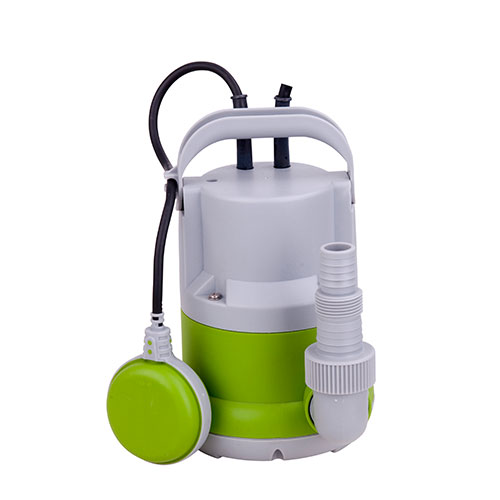How to use submersible pump?
2023-10-18
Submersible pump is a commonly used water pump. It is used in many fields, such as factories, railways, mines, construction site drainage, etc. However, it is not easy to use the submersible pump well. The failure of the submersible pump in use is mostly caused by improper use, which leads to the motor burning. So how to use the submersible pump? What are the precautions for using submersible pumps? Let's find out below. 1. How to use the submersible pump
(1) Use environment requirements
1. There is a safe and reliable power supply.
2. The drop between the outlet pipe and the water surface of the pool should be smaller than the lift.
3. Choose a relatively clean water source.
(2) Start
1. Submersible pumps below 11 kW are allowed to start directly, and submersible pumps above 13 kW should be equipped with a step-down starter cabinet to protect the safe operation of the submersible pump.
2. In order to prevent the rotor of the submersible pump from jumping up instantly and reduce the start-up load, when the submersible pump is started, the outlet valve stroke should be closed to 3/4 (leave 1/4 air gap for deflation), and slow down after starting to discharge water. Slowly open until the working point of the water pump is controlled in an appropriate position.
3. After starting up and starting to operate, monitoring and observation of water level changes should be strengthened to ensure that the submersible pump operates within the working range, and the submersible pump can be put into formal operation only after it runs stably.
4. After the submersible pump is put into operation for the first time for 5 hours, stop the pump and measure the thermal insulation resistance quickly, and the value should not be lower than 0.5MΩ before continuing to use it.
(3) Operation
1. The submersible pump should work at the design point, when the axial force is moderate, the pump efficiency is the highest, and the most economical and reliable.
2. The submersible pump should be fully inspected every 8 hours of operation, whether there is any change in each instrument, whether the circuit nodes are hot, whether the sound is normal, and whether the normal working current is greater than the rated value of the motor nameplate.
Note that in any of the following situations, the pump should be stopped immediately:
1) The working current of the pump suddenly exceeds the rated current of the motor.
2) Abnormal water flow, intermittent water flow, and increased sand content.
3) The insulation resistance of the motor is lower than 0.5 megohm.
4) The unit has obvious aggravated noise and vibration.
5) The grid voltage is insufficient, lower than 5% of the rated voltage.
6) One phase of the fuse burnt out.
7) The water pipeline is damaged.



